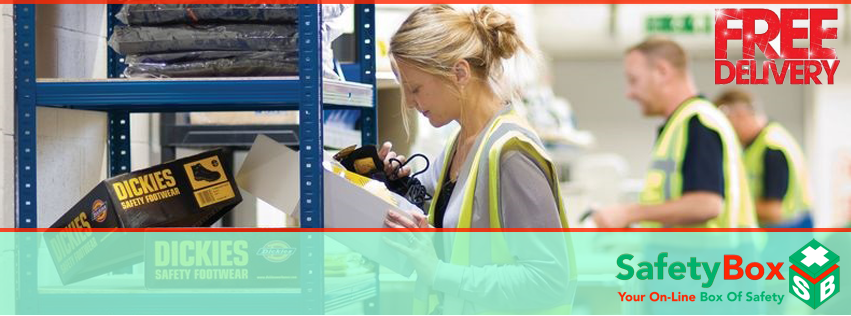What is your plan to keep people safe?Using what you have found in steps 1
and 2 you should be able to remove or
reduce the hazards you have found. For example, think about whether
a heat source, such as a hair dryer,
could fall, be knocked or pushed into
something that would burn.
Is your
electrical equipment modern and
working properly?
Now think about what you need to
do if there is a fire on your premises
How will it be detected and how
will you alert people on the
premises?
For example, do you have an
Automatic Fire Detection system?
Are the detectors in the right place?
Is the system tested regularly?
Can you hear the alarm in each
bedroom? Is the alarm loud enough
to wake someone who is sleeping?
What action will you take to
protect people on your premises
and make sure everyone can find
their way out in an emergency?
You need to make sure your guests
(and any staff) know what to do if
there is a fire. Will everyone on the
premises be able to find their way
out in an emergency? Have you
practiced a fire drill? Do you have
Equipment to allow someone to put
a small fire out? Is it simple to use or
would people need Training?

